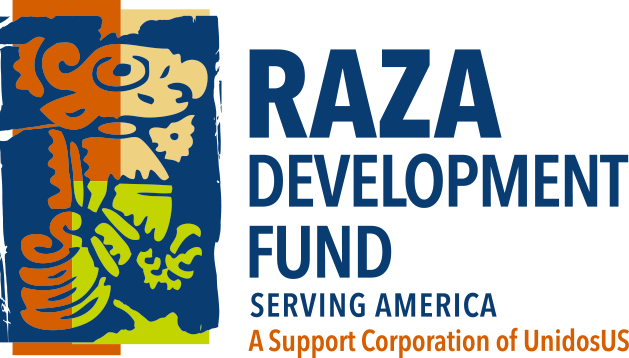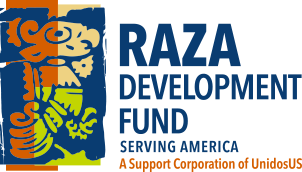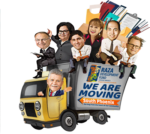What is the Role of Hope in Community Development?

When I was eight years old, I looked forward to playing football. One day I was at Hermoso Park for our flag football practice when suddenly two young black men bolted through our practice field towards the back of the park. A cop car immediately drove onto the field and apprehended one of them. I remember looking around at our team of eight-year-olds and telling my coach, “I hope we can still keep playing.” My coach looked at me and said, “I hope this park can, one day, be safe enough for children to play football.”
We never practiced at that park again.
Looking back on this memory, it became clear to me that my coach and I had hoped for different things that day, however, we both agreed that we hope to see our community change. Many people in our community want to see the community develop into a place where kids can safely practice for sports, and men aren’t escaping from the police. Today, our hope is challenged by the Coronavirus, a failing economy, and students who can’t go to school. How can a community develop when its healthcare, financial stability, and education are all attacked at once?
The answer is hope.
Where can Hope be Found in Healthcare?
 Access to affordable and reliable healthcare is one of the biggest challenges the United States faces today. This challenge is exacerbated by economic factors in low-income communities. There is a problem with the skepticism people, particularly in marginalized groups, have about whether a medical professional holds the patient’s best interest as a priority over profit. People in marginalized areas can only hope that they are receiving adequate treatment.
Access to affordable and reliable healthcare is one of the biggest challenges the United States faces today. This challenge is exacerbated by economic factors in low-income communities. There is a problem with the skepticism people, particularly in marginalized groups, have about whether a medical professional holds the patient’s best interest as a priority over profit. People in marginalized areas can only hope that they are receiving adequate treatment.
Low-income patients cannot afford to be incorrectly diagnosed because of the high costs of medical care and missed work time, two of the greatest obstacles for low-income patients. Health is one of the most important aspects of a person’s life, and primarily their development. People are the driving force of development; they will not be most effective if they don’t have access to healthcare. Amidst the Coronavirus pandemic, it becomes clear that health is the most vital asset one can have.
The health of millions of Americans is in jeopardy, and those without healthcare are defenseless. Coronavirus patients without healthcare are facing extraordinary challenges. For developing communities, access to affordable healthcare is a luxury as opposed to a right. In essence, uninsured patients are hopeless in their ability to combat the Coronavirus. We turn to pro-bono clinics, Community Development Financial Institutions (CDFIs), Community Development Corporations (CDCs), affordable healthcare, and healthcare reform advocates to defend those individuals who have been denied of hope in the healthcare system.
How does Financial Stability Inspire Hope?
Financial stability helps inspire hope because it relieves stress from people’s lives. Low-income communities battle with economic instability, and it makes its inhabitants more vulnerable to external conditions.
For example, South Phoenix businesses saw a decrease in sales, which created uncertainty in their economic forecast. Raza Development Fund, a CDFI, created the COVID-19 Hope Fund which provided grants to small business owners for payroll assistance. The awards allowed them to keep their employees on payroll and their businesses in good financial standing. These business owners are residents who seek to inspire hope in South Phoenix through enterprise.
“People are trying to do a lot of good things here in South Phoenix,” said Jesus Dominguez, Owner of DMZ’s Barbershop. It is critical for institutions like RDF to support small businesses, such as DMZ’s Barbershop, so that they can sustain financial stability in their companies and employees.
 It is important not to forget the employee perspective of financial stability. Employees in low-income communities are at a disadvantage because of their economic instability. They are vulnerable to external conditions, which can create a feeling of hopelessness. When there is a constant level of uncertainty in the origin of one’s paycheck, one can never feel secure.
It is important not to forget the employee perspective of financial stability. Employees in low-income communities are at a disadvantage because of their economic instability. They are vulnerable to external conditions, which can create a feeling of hopelessness. When there is a constant level of uncertainty in the origin of one’s paycheck, one can never feel secure.
Employees, then, must start mitigating their costs and spend a little less just to make ends meet for the month. When you cannot create a stable cash flow for your employees, they are going to have to go home to their families and tell them it’s going to be “another tight month.” By giving individuals financial stability, you are giving them much more than just a paycheck. You are giving them safety, comfort, reassurance, and, most importantly, Hope.
What does Hope look like in Education?
What does hope truly mean for individuals in marginalized groups? When we look at our nation’s education system, it is evident that there are gaps which prevent students of high potential from getting a fair chance.
Merriam Webster Dictionary states that Hope is to desire with expectation of obtainment or fulfillment. Due to the lack of resources and opportunities within marginalized groups, childhood dreams, such as becoming a doctor or a lawyer, becomes figments of the imagination.
Without the ability to expect a dream to be fulfilled, there can’t be hope. Why is that? Why do childhood dreams dissolve as children progress through the education system, particularly for marginalized groups? Well, because in underdeveloped communities, simply providing resources is not enough. The implementation of resources and a supportive environment are what can truly make a difference in a child’s life. When you look at students in high crime or at-risk areas, it becomes evident that the priority of the student is not to strive but to survive. For these students, the environment in schools needs to be different than their environment outside of school.
 For example, a student who grows up surrounded by crime and violence needs to be able to go to school and be in a “safe zone.” A place where taking advantage of education is encouraged, and dreams aren’t scoffed at for being unrealistic. Having one teacher believe in a student and tell him or her that “college isn’t unrealistic,” can be all that it takes to create hope. Maybe that one teacher is the only person who has ever believed in that student.
For example, a student who grows up surrounded by crime and violence needs to be able to go to school and be in a “safe zone.” A place where taking advantage of education is encouraged, and dreams aren’t scoffed at for being unrealistic. Having one teacher believe in a student and tell him or her that “college isn’t unrealistic,” can be all that it takes to create hope. Maybe that one teacher is the only person who has ever believed in that student.
We squash hope in our education system when we choose to forget students who have a different environment outside the classroom. Hope in our education system means taking material resources and combining it with a supportive environment to foster the leaders of our next generation.
The idea of being a beacon of hope sounds abstract and almost unattainable. However, that’s far from the truth.
In order for you to be a source of hope for your community, find what you are passionate about, and chase it without end. It is easy to identify the flaws in the systems which help our communities progress. However, it may appear to be rather challenging to determine the role you play in order to make it a little bit better.
As an intern for RDF, I see now more than ever how important Hope is in developing communities. More importantly, the power of each community member in igniting Hope. Be the person you wish you had when you were struggling. To ignite Hope in others, you have to work on being the change you wish to see in the world.




